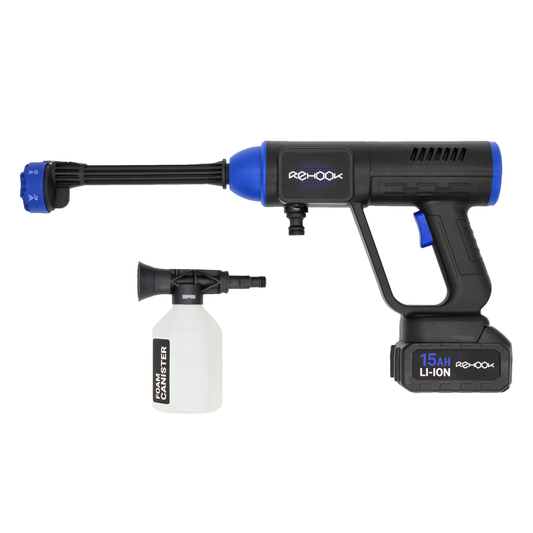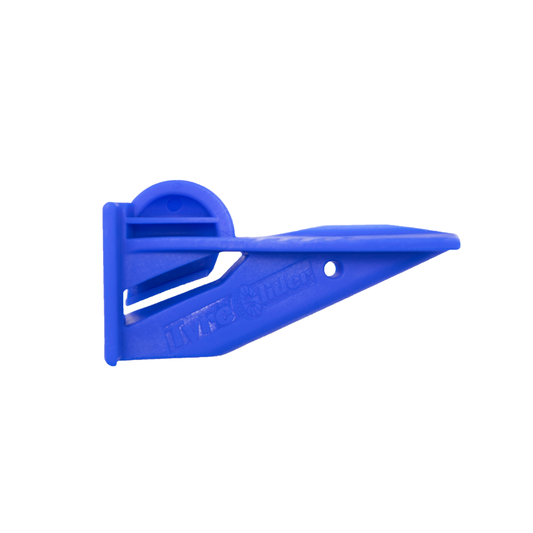gear row-shee-oh / kawg
noun, noun
Gear ratio/cog refers to the number of teeth on the rear sprocket in relation to the number of teeth on the chainring.
Example usage: I changed the gear ratio/cog to make pedaling easier on the uphill.
Most used in: Mountain bikepacking and touring cycling.
Most used by: Experienced cyclists who are familiar with the mechanics of their bicycle.
Popularity: 8/10
Comedy Value: 4/10
Also see: Cog Set, Drivetrain, Gearing, Cassette,
What is Gear Ratio/Cog?
Gear Ratio/Cog is a term used to describe the relationship between the number of teeth on the front and rear sprockets of a bicycle. It is used to determine how much effort is required to turn the pedals and how much speed is gained when doing so. The higher the gear ratio, the more force is required to turn the pedals but the more speed you can attain.
Gear ratios are typically expressed as a numerical ratio, such as 2:1 or 3:1. This means that for every two rotations of the front sprocket, the rear sprocket will rotate once (2:1) or twice (3:1). Generally, a higher gear ratio is better for going uphill, while a lower gear ratio is better for going downhill. A higher gear ratio also typically increases the speed at which a cyclist can travel.
In addition to the gear ratio, the size of the cog (the number of teeth on the sprocket) also plays an important role. A larger cog will require less effort to turn the pedals, but will also result in less speed. Conversely, a smaller cog will require more effort to turn the pedals, but will result in more speed.
Gear ratios and cogs are important factors to consider when choosing a bicycle. Different types of terrain and cycling styles may require different gear ratios and cogs in order to maximize performance and minimize effort. Knowing how to adjust the gear ratio and cog size can help a cyclist get the most out of their ride.
.The Gear Ratio/Cog: How It Got Its Name
The term 'Gear Ratio/Cog' is a cycling term used to describe the ratio between the number of teeth on the chainring and the number of teeth on the rear sprocket. The Gear Ratio/Cog was first used in the 1960s in the United States and Europe to describe the ratio between the two components of a bicycle drivetrain.
The term has its roots in the mechanical engineering field, where it was used to describe the ratio between two gears. The term was adopted by cyclists to describe the ratio between the chainring and the rear sprocket. This ratio affects the speed and power output of the bicycle, and can be adjusted to suit different riding conditions.
Today, the Gear Ratio/Cog is widely used by cyclists of all levels to measure and adjust the gearing of their bicycles. The Gear Ratio/Cog is an important part of the cycling vocabulary, and its use has been a part of cycling for over 50 years.












